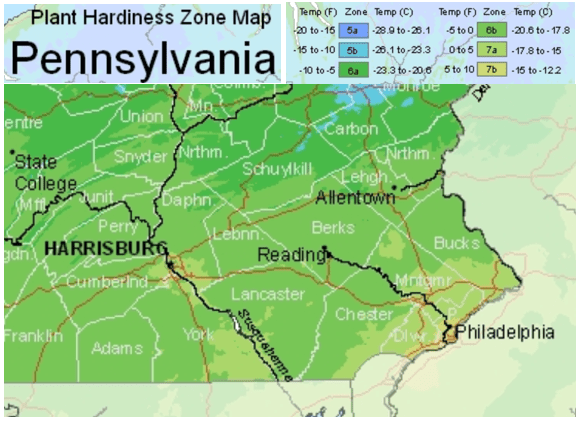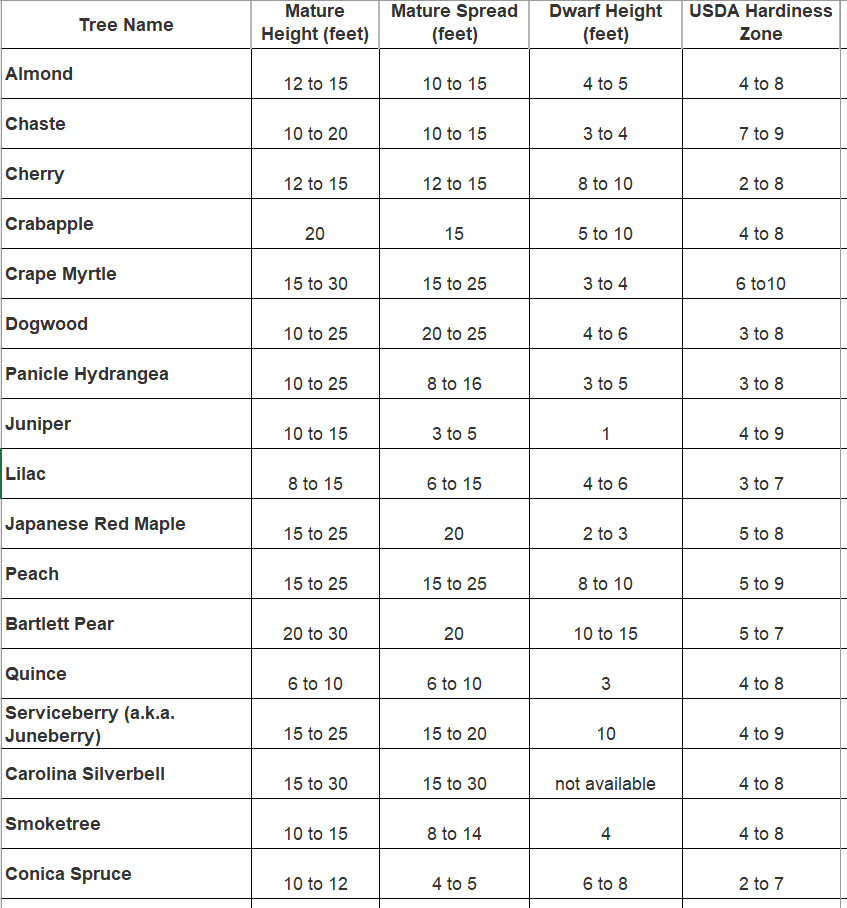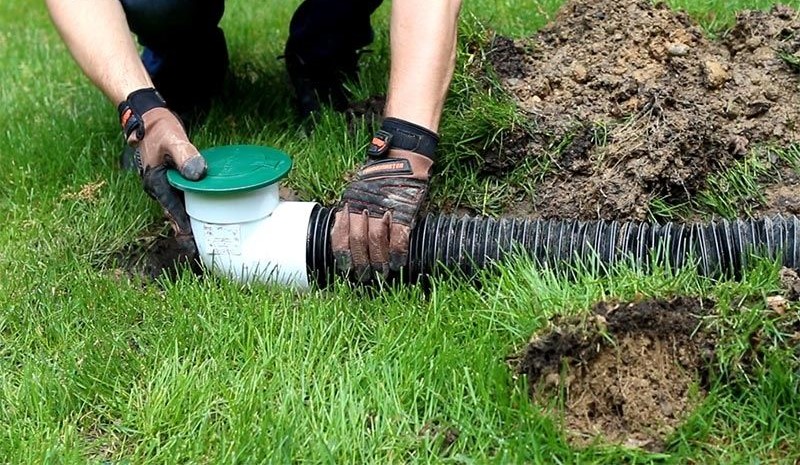How to Properly Plant a Tree
Best Time to Plant Trees?
Some say spring, others say the fall is the best time to plant a young tree in your yard. Much depends on the type of tree you are planting, the frost or hardiness zone you live in and the rainfall conditions at the time of planting.
 For example, maple trees, deciduous trees and evergreens do well in cooler conditions, so we recommend late September through the end of October is a great time to plant these species in Southeastern Pennsylvania.
For example, maple trees, deciduous trees and evergreens do well in cooler conditions, so we recommend late September through the end of October is a great time to plant these species in Southeastern Pennsylvania.
Fruit trees, dogwoods, willows and birch trees need more time to establish a root system and therefore we recommend early spring after the ground has thawed but before flowering and new growth truly begins.
The DKC Arborist supports our tree planting service team and is often consulted by the design team on tree selection.
When it is Time to Plant
Dig a shallow, broad planting hole. Make the hole wide, as much as three times the diameter of the root ball but only as deep as the root ball. It is important to make the hole wide because the roots on the newly establishing tree must push through surrounding soil in order to establish. On most planting sites in new developments, the existing soils have been compacted and are unsuitable for healthy root growth. Breaking up the soil in a large area around the tree provides the newly emerging roots room to expand into loose soil to hasten establishment.

Identify the trunk flare. The trunk flare is where the roots spread at the base of the tree. This point should be partially visible after the tree has been planted (see diagram). If the trunk flare is not partially visible, you may have to remove some soil from the top of the root ball (sometimes up to 12” of soil). Make sure you find the trunk flare so you can determine how deep the hole needs to be for proper planting.
Place the tree at the proper height. Before placing the tree in the hole, check to see that the hole has been dug to the proper depth—and no more. The majority of the roots on the newly planted tree will develop in the top 12 inches of soil. If the tree is planted too deeply, new roots will have difficulty developing because of a lack of oxygen. Plant the tree at a depth that allows the base of the trunk flare to be at ground level. This planting level is shown in the above diagram. To avoid damage when setting the tree in the hole, always lift the tree by the root ball and never by the trunk.
Straighten the tree in the hole. Before you begin backfilling, have someone view the tree from several directions to confirm that the tree is straight. Once you begin backfilling, it is difficult to reposition the tree.
Fill the hole gently but firmly. Fill the hole about one-third full and gently but firmly pack the soil around the base of the root ball. Then, if the tree is balled and burlapped, cut and remove the string and wire from around the trunk and top third of the root ball (see diagram). Be careful not to damage the trunk or roots in the process. Fill the remainder of the hole, taking care to firmly pack soil to eliminate air pockets that may cause roots to dry out. To avoid this problem, add the soil a few inches at a time and settle with water. Continue this process until the hole is filled and the tree is firmly planted. It is not recommended to apply fertilizer at the time of planting.
Stake the tree, if necessary. If staking is necessary for support, two stakes used in conjunction with a wide, flexible tie material will hold the tree upright, provide flexibility, and minimize injury to the trunk. Remove support staking and ties after the first year of growth.
Mulch the base of the tree. Mulch is simply organic matter applied to the area at the base of the tree. It acts as a blanket to hold moisture, it moderates soil temperature extremes (both hot and cold), and it reduces competition from grass and weeds.
Provide follow-up care. Keep the soil moist but not soaked; overwatering causes leaves to turn yellow or fall off.
Small Trees for Landscaping
Here is a list of small trees we suggest to customers in Bucks County that do well in Zone 6 a & b of this hardiness map.
Tree Planting Service
Your team at DKC landscaping offer residential customers landscaping design, installation and a tree planting service that helps homeowners get the visual appeal they seek. If you are interested in planting trees, shrubs and all types of landscaping services for your home, please give us a call today.








